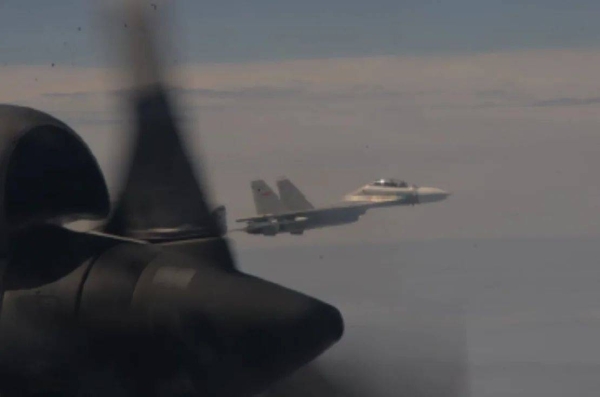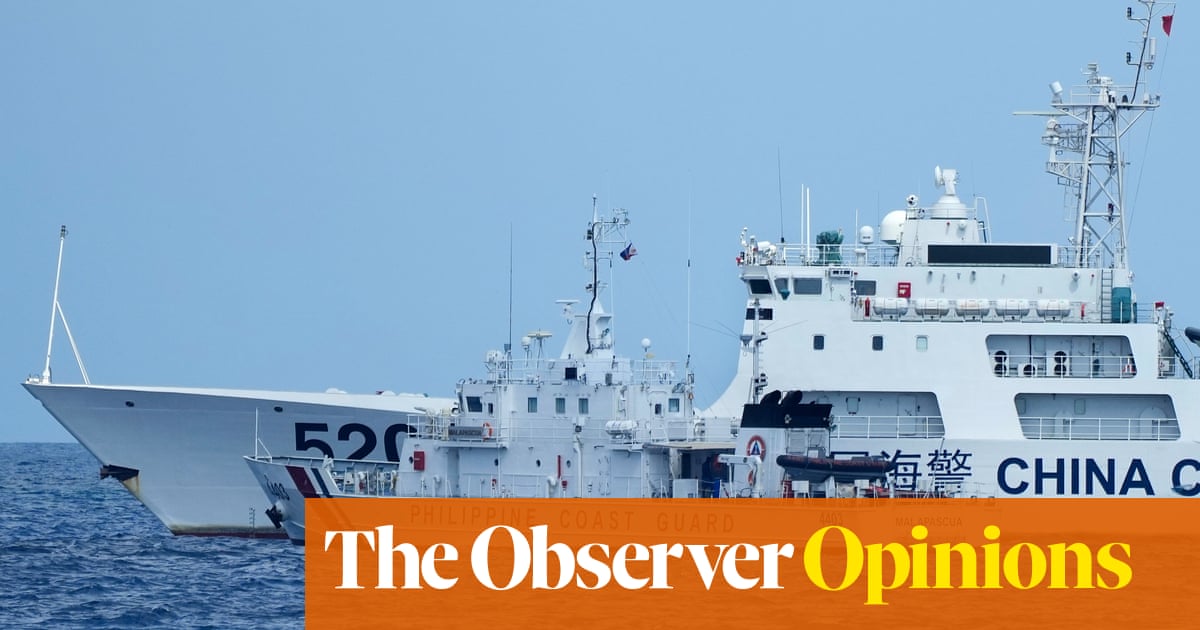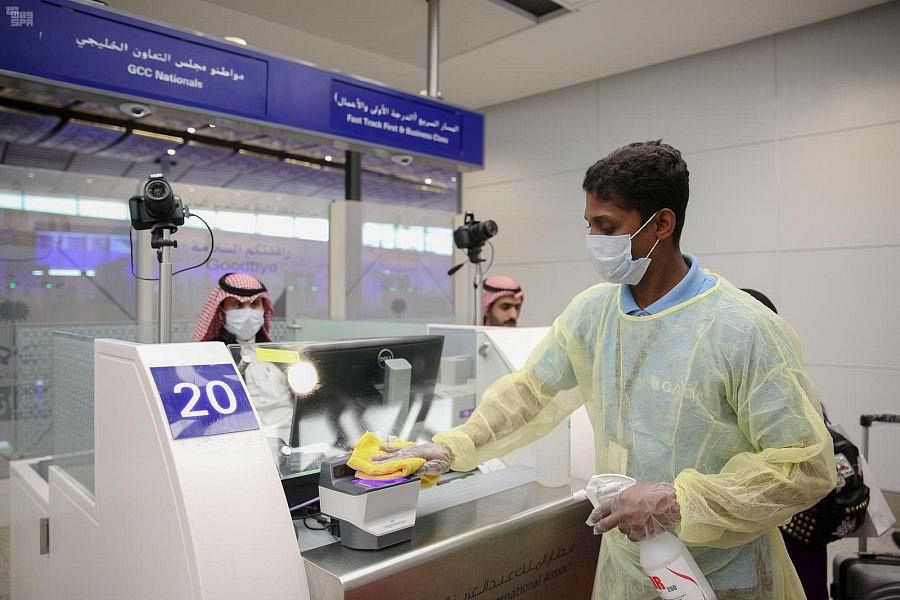
In 1968, Leroy Foster was a master sergeant in the US Air Force, assigned to the Anderson Air Force Base in Guam, a United States island territory in the Pacific. The day after he arrived on the island, he recalled being ordered to mix “diesel fuel with Agent Orange”, then spraying “it by truck all over the base to kill the jungle overgrowth”.
Soon after, Foster suffered serious skin complaints and eventually fell sick with Parkinson’s and ischemic heart disease. Later, his daughter had cancer as a teenager, and his grandchild was born with 12 fingers, 12 toes, and a heart murmur. Foster died in 2018.
A new book, Poisoning the Pacific, to be released Monday, chronicles the US military’s decades-long contamination of indigenous lands across the Pacific as well as the ocean itself, endangering lives and ecosystems across the vast Pacific Ocean.
Written by British journalist Jon Mitchell, Poisoning the Pacific is based on more than 12,000 pages of documents obtained under the US Freedom of Information Act (FOIA) and through interviews with local residents, military veterans and researchers.
The book argues that for decades, the US has treated its territories in the Pacific with negligence, allowing its military to violate indigenous rights, seize land, and damage delicate ecosystems.
Alongside Foster’s case - after years of campaigning the airman was ultimately compensated for his exposure on the island - Mitchell’s book details US military operations over decades contaminating the Pacific with toxic substances including radioactive waste, nerve agents, and dioxin-tainted Agent Orange.
“US authorities have repeatedly tried to cover up contamination through lies, disinformation and attacks on reporters,” Mitchell told The Guardian. “I have experienced this pressure firsthand.”
Mitchell’s books documents several attempts by the US departments of state and defense to block his work. One FOIA file showed Mitchell was monitored by the US marine corps criminal investigation division. The document included his photograph, biography, and an account of a lecture he had given in Okinawa about military contamination.
“Colleagues warned me against continuing my investigations. What particularly motivated me to keep filing FOIAs and digging for evidence was the very real impact my research was having for veterans exposed to Agent Orange on Okinawa,” he said.
“My reporting has helped these sick men and women to receive compensation from the US government. Investigative journalism is ultimately a job that ought to help people suffering from mistreatment to receive the justice they deserve.”
Poisoning the Pacific details ongoing environmental damages and risk to human health.
The ‘Dome’ on Runit island in the Marshall Islands - a sovereign nation in compact of free association with the US - is a massive concrete tomb where the US has stored more than 70,000m3 of radioactive debris, including plutonium-239, left over from US post-war atomic tests. Irradiated soil from Nevada was also transported to the island and dumped.
The dome is leaking radioactive material into the sea, the US department of energy concedes, though it says the amount is not dangerous. Successive US administrations have said the dome is the Marshall Islands’ responsibility, saying the US has paid out more than $600 million in resettlement, rehabilitation and radiation-related healthcare costs to affected communities.
The book documents “the US Army disposing of 29 million kilograms of mustard agent and nerve agents, and 454 tons of radioactive waste” into the Pacific Ocean, as well as the US military’s use of nerve agents, including sarin, which US government documents confirm were leaked into the environment while slated for destruction on Johnston Atoll near Hawaii.
The debate over the use of potentially deadly herbicides has been fiercely contested.
After the second world war, roughly five thousand barrels of Agent Purple - a forerunner to the herbicide Agent Orange - were transported and stored in Guam.
Although the US department of defense has consistently claimed the herbicide stockpile was never used on the island, service members stationed there at the time claimed they sprayed and dumped military waste, including damaged herbicide barrels, over Guam’s cliffs.
Researchers, including the Guam department of public health and social services, reported in 2015 that villages where herbicides were believed to have been sprayed suffered higher incidences of infant deaths from birth defects.
In 2017, investigating claims of herbicide use on Guam, the US government itself was conflicted: the department of defense reported that tests on soil did not contain herbicides, the environmental protection agency reported the opposite.
The health and environmental impacts on Guam mirror those that have happened to local residents and US soldiers based in Okinawa, Japan, where the US has maintained a base for decades, and where Mitchell began his reporting.
In 2005, the US struck a deal with Japan to move thousands of US marines from Okinawa to Guam. Okinawans have consistently opposed US military presence on the island citing harm to their health and environment.
There has been some progress, albeit limited. Guam senators have backed bills for the territory’s inclusion on the veterans affairs’ list of places where Agent Orange was used. In March 2019, a bill named after Lonnie Kilpatrick, a service member who fell ill on Guam and died, approved compensation to 52,000 veterans exposed to herbicides in three US Pacific territories - Guam, American Samoa, and Johnston Atoll.
But even in 2020, indigenous voices consistently go unheard, Mitchell argues. In July, when military excavations in Guam revealed dozens of sites containing human remains and cultural artefacts, local residents — particularly the indigenous Chamorro people — were appalled. But despite the concerns fuelling a growing movement to demilitarise the Pacific, the newest US marine corps base - the first new base in nearly 70 years - officially opened its doors early this month.











